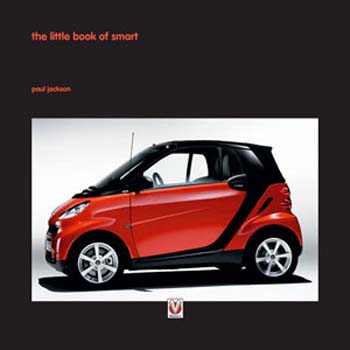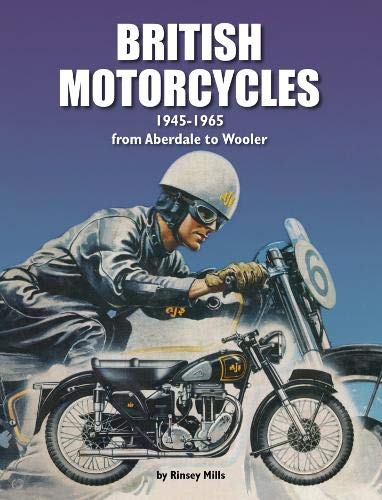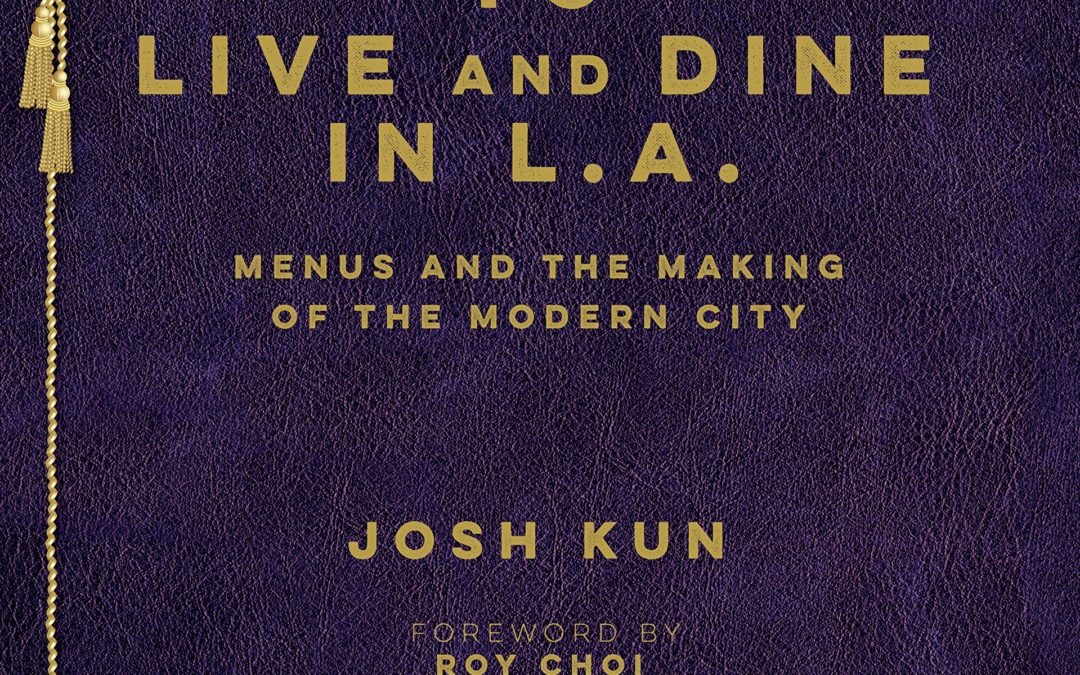
“What started off as an idea from Swiss watchmaker Swatch eventually evolved into the successful launch of the smart brand, now an integral part of the Mercedes-Benz family and — in its first ten years — achieving sales of more than three quarters of a million cars around the world. It hasn’t all been plain sailing for smart, though.
Well-publicized financial woes, the launch of at least one inappropriate model range and the subsequent rationalization of the entire product line-up meant plenty of problems along the way. But throughout it all, fans of the smart concept have remained loyal to the brand and sales of the fortwo city car continued to prosper.
These days, the future looks rosier. An all-new for two model range was launched in 2007, along with the announcement of the long-awaited debut of the smart brand into the American market for 2008. The latest model is more sophisticated and more in tune with today’s buyers tastes, while losing none of the inventiveness, practicality and sheer chic appeal of its predecessors.
In “”The Little Book of Smart,”” author and smart fanatic Paul Jackson guides us through the entire history of the brand, its highs and lows, its successes and failures, and on to today — with the very latest for two line-up promising major sales worldwide and, of course, helping to pave the way for a future for smart in the USA. It’s a fascinating tale, told succinctly and in an entertaining style, and complemented by full color photography throughout.”

The map may not be the territory, and the word may not be the thing, but this guide is as close as it gets.
Since its first publication by the Los Angeles County Museum of Art in 1965, this seminal vade mecum of Los Angeles architecture has explored every rich potency of the often relentless, but sometimes―as the authors have captured here―relenting L.A. cityscape. Revised extensively and updated rigorously since its fifth edition published in 2003, The Architectural Guidebook to Los Angeles now contains ninety-six sections organized in thirteen geographic chapters, boasting over 200 new additions to over thousands of entries cataloging every crease of Los Angeles County’s metropolitan sheath.
Originally written by leading architectural historians Robert Winter―described by Los Angeles Magazine as both the “spiritual godfather” and “father” of L.A. architecture―and the late, great David Gebhard, the guide has been revised and edited for a sixth edition by award-winning L.A. urban walker and Winter’s trusted collaborator Robert Inman. Nathan Masters, historian and Emmy-award-winning host, producer, and managing editor of KCET’s Lost LA, writes the foreword.
The Architectural Guidebook to Los Angeles, hailed by many as the built L.A. opus, explores the man made structures, gardens, parks, and other physical features of a fulgurous Los Angeles. With singular wit and brio, the authors artfully steward readers through all regions and styles, from the Spanish Mexican Period to Postmodern, American Take-over to High Tech, and Beaux-Arts to Craftsman. Sites covered begin with the missions of Spanish California and end with projects completed in 2017.
Dilettantes and experts, practitioners and students, aficionados and osmotic natives alike: all are blood type-compatible with this rich and peerless Bible for architecture enthusiasts. All of its own ilk, this book is thick and alive with a tone of its own making―and doing. A unique style of writing renders the guide simultaneously funny, tasteful, and historically-comprehensive, all with equal measure. Gebhard and Winter fill in the diegetic blanks with a droll eye. More than a critical reference for the bookshelves of scholars, enthusiasts, and practitioners alike, Architecture in Los Angeles is a faithful snapshot of the city as she lives and breathes.

During the ’70s, ’80s and ’90s, hot rods followed very definite trends. It seems every hot rod built in the ’70s reflected the somewhat garish tastes of that decade, and every one had a small-block Chevy powering it. In the ’80s and ’90s, many rods were built to seamless perfection in a modern high-tech style, laden with billet, smooth seams, no rough edges, and a huge price tag.
You had to know there would be a backlash, and rat rods are the backlash to the extreme. As a response to the high-dollar billet-based street rod trend, budget-limited home-based rod builders looked to the past for inspiration and style, and rat rods were the result. These ‘imperfectly fine’ rods rarely sport paint jobs of any kind, and their owners aren’t scared to drive them. They represent a rebellious attitude, but never take anything too seriously either.
Rat rods are high on style but low on budget, and that’s why so many love them. Rat Rods: Rodding’s Imperfect Stepchildren is a celebration of this trend, and almost as importantly, the lifestyle that accompanies it. Never has rodding been so cosmetically indifferent, so socially oriented, so affordable, and most importantly, so much fun! Author Scotty Gosson watched the Rat Rod trend start, grow, and blossom into what it is today. He shares the story with sharp wit, honesty, and a smile on every page. Cars from all over America and around the world are featured, and no two are the same

Industrial Strength Design: How Brooks Stevens Shaped Your World is a long overdue introduction to the work of visionary industrial designer Brooks Stevens (1911-1995). Believing that an industrial designer “should be a businessman, an engineer, and a stylist, in that order,” Stevens created thousands of ingenious and beautiful designs for industrial and household products — including a clothes dryer with a window in the front, a wide-mouthed peanut butter jar, and the Oscar Mayer Wienermobile. (“There’s nothing more aerodynamic than a wiener,” he explained.) He invented a precursor to the SUV by turning a Jeep into a station wagon after World War II, and streamlined steam irons so that they resembled aircraft. It was Brooks Stevens who, in 1954, coined the phrase “planned obsolescence,” defining it as “instilling in the buyer the desire to own something a little newer, a little better, a little sooner than is necessary.” This concept has since been blamed for everything from toasters that stop working to today’s throwaway culture, but Stevens was simply recognizing the intentionally ephemeral nature of a designer’s work. Asked once to name his favorite design, he replied, “none, because every one would have to be restudied for the tastes of tomorrow.”
This book, which accompanied an exhibit at the Milwaukee Art Museum (the repository for Stevens’s papers), includes 250 illustrations of designs by Stevens and his firm, many in color. Glenn Adamson, exhibition curator, contributes detailed studies of individual designs. John Heskett, Kristina Wilson, and Jody Clowes contribute interpretive essays. Also included are a description of the Brooks Stevens Archive and several key writings by Brooks Stevens.

From Aberdale to Wooler
From the forgotten Aberdale, of Llwynypia, Wales, to the ingeniously eccentric Wooler, of north-west London, British Motorcycles 1945-1965 offers alphabetical coverage – in no less than 600 pages – of British motorcycle makes of the period 1945-1965, among them great names such as AJS, BSA, Matchless, Norton, Royal Enfield, Triumph and Vincent.
The two decades covered by this book represent the final flowering of the motorcycle industry in Britain, a period when British bikes were shipped all over the world, when America discovered high-performance British twins and when ton-up boys vied with each other in feats of horrific daring. In the meantime, rush-hour roads resounded to the buzz and crackle of ride-to-work two-strokes, men hidden in cumbersome waterproof coats slogged along on unwieldy sidecar outfits, wife on the pillion, kids alongside, and courting couples, carefree, hugging tight, enjoyed a sunlit ride to the seaside or into the hills.
In this intensely detailed study, author Rinsey Mills gives the histories of the motorcycle manufacturers and then provides information on the models they produced, year by year, using original material from sales brochures for the illustrations, not only to identify the bikes and to highlight model changes and revisions, but also to give the flavour of the times when they were to be seen going about their business.
Whether your taste is for the obscure and the might-have-beens, for workaday two-strokes, nimble scramblers, thumping singles, ton-up twins or fiery road racers, all are here, offering an unrivaled store of knowledge and information as well as more than 1,500 illustrations that provide a powerful evocation of motorcycling in these two decades. The illustrations are accompanied by generous and informative captions which help to convey the strengths, weaknesses and character of the machines, as well as provide intriguing technical insights.

Mark Webber was at the centre of one of the most captivating chapters in the history of Formula One. In 2010, while racing for Red Bull, he and his team mate Sebastian Vettel went head to head for the World Championship. There could only be one winner. Since retiring from Formula One Mark has concentrated on endurance racing, including the legendary Le Mans 24 Hour race. He hit the front pages of newspapers around the world in December 2014 when he slammed into the barricades in the final round of the FIA World Endurance Championship in South America, and was lucky to escape with his life. But the controversy of his relationship on and off the track with Vettel, who went on to win multiple world titles, has never been far beneath the surface. Here, for the first time, Webber tells the inside story of one of Formula One’s most intriguing battles – it is a story that goes to the heart of why the sport is loved by millions of fans around the world. In his trademark straight-talking, no-nonsense style Mark reveals his amazing life on and off the Formula One race track. From his first taste of karting to his F1 debut in 2002, scoring Minardi’s first points in three years at the Australian Grand Prix, through to his first win with Red Bull at the 2009 German Grand Prix and the year he should have been crowned World Champion. Mark Webber’s journey to the top of Formula One was every bit as determined and committed as his racing. Aussie Grit is his searingly honest story. Includes a foreword by Formula One legend Sir Jackie Stewart

How did Los Angeles become the modern city the world watches? We know some of the answers all too well. Sunshine. Railroads. Hollywood. Freeways. But there’s another often overlooked but especially delicious and revealing factor: food.
Think veggie tacos and designer pizzas, hot dogs on sticks and burgers from golden arches, Cobb Salads and chocolate-topped ice cream sundaes, not to mention the healthiest dishes on the planet. Ask anyone who has eaten in L.A.–the city shapes the tastes that predict how America eats. And it always has.
In its fourth book collaboration with the Los Angeles Public Library and the Library Foundation of Los Angeles, Angel City Press releases To Live and Dine in L.A.: Menus and the Making of the Modern City by Josh Kun.With more than 200 menus–some dating back to the nineteenth century–culled from thousands in the Menu Collection of the Los Angeles Public Library, To Live and Dine in L.A. is a visual feast of a book.
But it’s more. Much more.
In his detailed history, author Josh Kun riffs on what the food of a foodie city says about place and time; how some people eat big while others go hungry, and what that says about the past and now. Kun turns to chefs and cultural observers for their take on modern: Chef Roy Choi sits down long enough to say why he writes “some weird-ass menus.” Pulitzer Prize-winning critic Jonathan Gold looks at food as theater, and museum curator Staci Steinberger considers the design of classic menus like Lawry’s. Restaurateur Bricia Lopez follows a Oaxacan menu into the heart of Koreatown.
The city’s leading chefs remix vintage menus with a 21st-century spin: Joachim Splichal, Nancy Silverton, Susan Feniger, Ricardo Diaz, Jazz Singsanong, Cynthia Hawkins, Micah Wexler, Ramiro Arvizu and Jaime Martin del Campo cook up the past with new flavors. And, of course, the menus delight: Tick Tock Tea Room, Brown Derby, Trumps, Slapsy Maxie’s, Don the Beachcomber, and scores more.
Kun tackles the timely and critically important topic of food justice, and shows how vintage menus teach us about more than just what’s tasty, and serve as guides to the politics, economics, and sociology of eating.
America is a dining-out nation, and our research indicates that L.A. has long been one of its top dining-out towns. The Library’s collection is a living repository of meals past, an archive of urban eating that tells us about the changing historical role of food in the city, which is to say it tells us about just about everything that food touches: economics, culture, taste, race, politics, architecture, class, design, industry, gender, to name just some of the themes that recur on menu pages.
Kun challenged contributors to tackle subjects that readers may have never contemplated. As the renowned L.A. chef Roy Choi points out in his Foreword to To Live and Dine in L.A.:
The more I looked at the menus, the more they told me about the city and how neighborhoods developed. But it was the menus that I couldn’t find that forced me to ask questions about how life really was. I started to think about how the city is now and if those missing menus were a reflection of life just as it is now. Were these menus of the affluent and middle-class? Were the working classes even eating with menus, or were they mostly eating at stands and carts? Were there disparities and access problems just like today? To Live and Dine in L.A. is the first book of its kind–the definitive way to read a menu for more than just what to order. It’s about how to live. And how to dine. In L.A.









